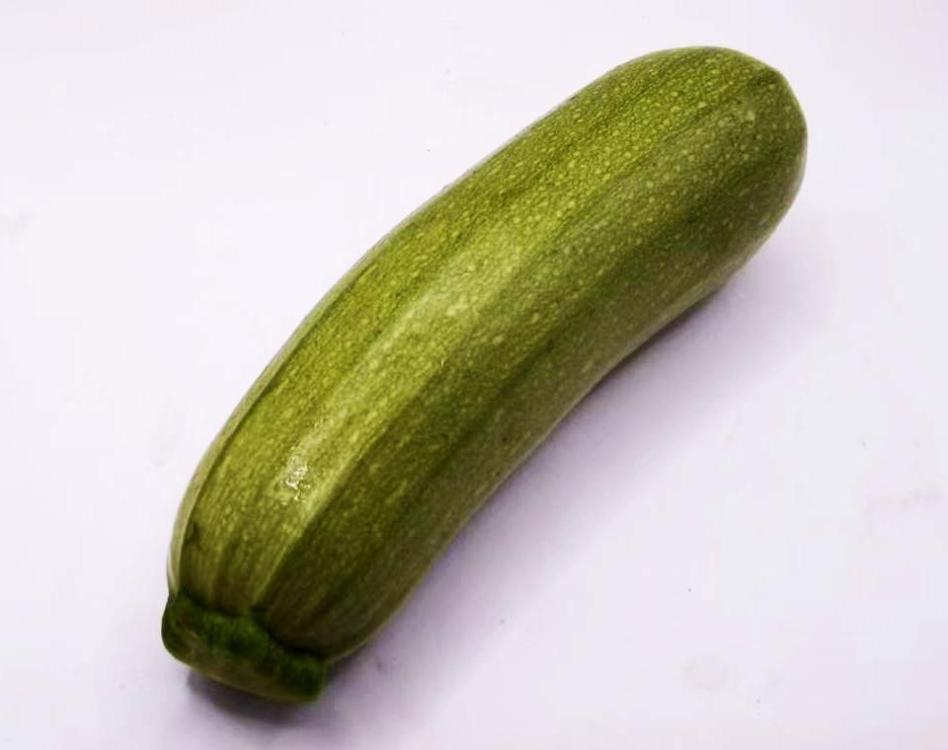A couple of people have recently mentioned 'zucchini' as it’s known in America, Australia and Canada or as 'courgette' as used in the UK, Ireland, Malaysia and New Zealand although the latter also uses ‘zucchini’. I couldn't remember what I wrote about it here, mainly because, to my surprise, I never really mentioned them. It is, of course, available widely here, too.
There are arguably better reasons for the 'zucchini' appellation. What are known by either name are not botanically really a specific species but simply smaller examples of several varieties of Cucurbita pepo, or squash. In fact, both the words zucchini and courgette are respectively diminutives of the Italian and French for ‘squash’ or ‘marrow’. In South African English, they are often called baby marrow although courgette is also used.
Although, like all curbita varieties, they originated in the Americas, these small versions were first cultivated in Italy in the late 19th century and introduced to America by Italian immigrants in 1920, hence the use of ‘zucchini’ there. The UK took the French name as they were introduced there via France as courgettes d’Italie.
This nomenclature profusion extends into Chinese where they are called 西葫芦 (xī hú lu, literally ‘western gourd’), 意大利青瓜 (yì dà lì qīng guā, literally ‘Italian green gourd’) or simply 小瓜 (xiǎo guā. ‘small marrow’).
In Chinese cuisine, they are often used in soups or hotpots, steamed with garlic, or sliced and stir fried. The flowers too are valued and both stuffed, usually with ground pork, or used in soups.



